- Maintenance tips & tricks
- 4-season garden care advice
- News from the gardening world
- Innovations & new product launches
In the Garden : January
A new year and a new beginning to another gardening season! Those of us fortunate enough to have a garden during the Covid period have been so lucky over the last couple of years, enjoying physical and mental exercise and probably gaining a lot of knowledge in the process!
.jpg)
Let’s take a look at our January ‘task list!’
LAWNS
Is the weather cold and frosty? Then the best treatment then for your lawn is to keep your distance! You’ll damage the grass leaves which can be extremely brittle in these conditions. Better then to concentrate on some maintenance on the mower or take it to your local dealer for it’s annual service.
Remove leaves and other debris, weekly if possible They will affect drainage and damage the lawn grasses.
Should there be a dry, warmer spell, dig out any large weeds and fill in any holes or dips with soil prior to overseeding in spring.
In mild, dry weather, you can still mow if the grass is growing but only with a high cut.
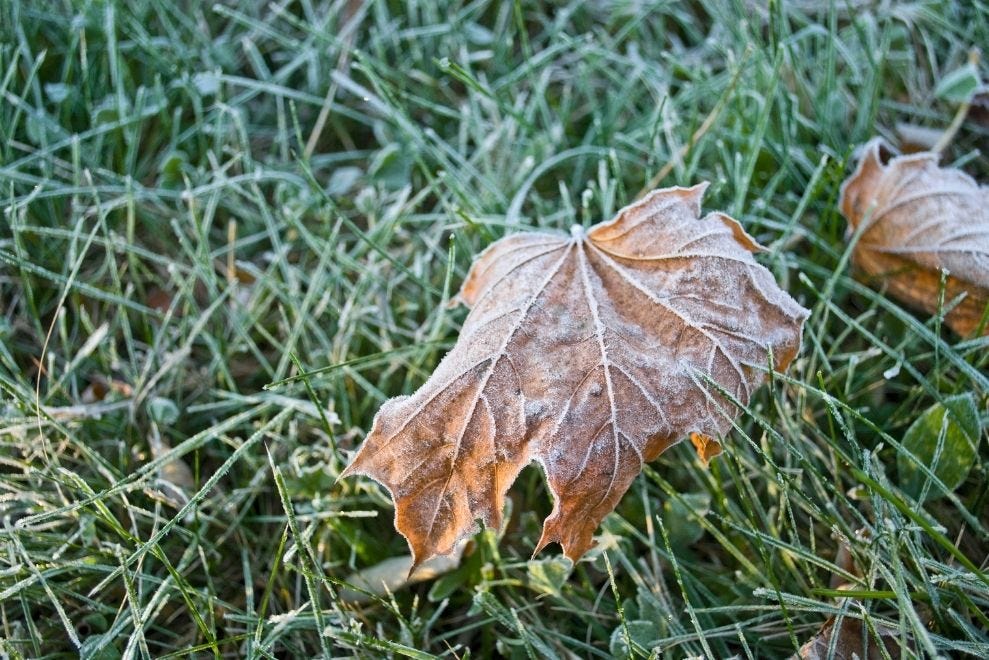
FLOWERS
You can start the new year by sowing in the greenhouse or on the window sill, annual flower varieties requiring a long growing season such as begonia ‘ Non-Stop’ and geranium ‘Vista’.
‘Dead-head winter-flowering pansies in containers to prolong flowering into spring.
In the perennial border, plant helleborus and snowdrops. Once established, their colourful flowers will brighten gloomy winter days. Remove and destroy any black spotted leaves on your hellebores. This is a contagious fungal disease.
Root cuttings fleshy root perennials e.g. Verbascum, Poppies
In mild weather, lift and separate crowded plants whilst dormant. You will rejuvenate existing plants and gain new ones.
Cut back any remaining flower stems from last year’s plants. Ornamental grasses should be cut back to just a few inches from soil level.
Check any perennial tubers, corms etc. in storage for disease and rot problems.
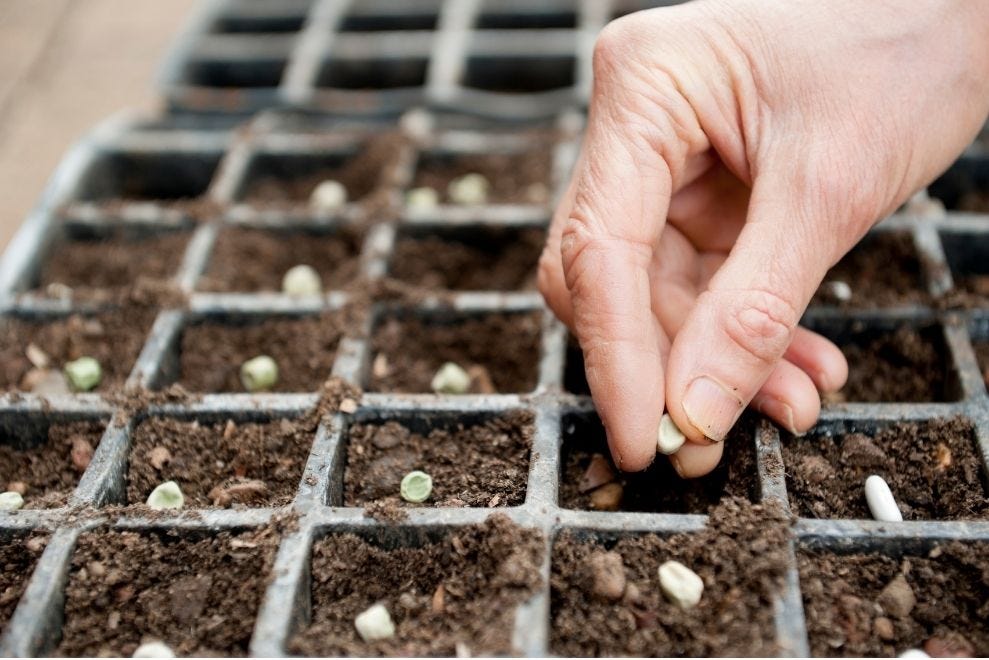
VEGETABLES
Harvesting the winter veg. such as parsnips and leeks continues apace, though the sprouts will have taken a beating over Christmas!
Check any stored veg. such as onions, carrots etc. for signs of disease or rot and dispose of rejected produce immediately.
Towards the end of the month, feed spring cabbage with a nitrogenous fertilizer to promote leaf growth in the spring.
Garlic can be planted in the autumn through to early spring, so there is still plenty of time to get your supplies. Try one like Maddock White or the purple striped Caulk White.
Add well-rotted manure to the veg plot as the weather allows. You can also prepare the chosen site for early peas and broad beans.
Sow winter leaf salads in the greenhouse or garden frame.
Sow early tomatoes such as Shirley or the blight resistant Crimson Crush. Early onions too can be started and also those large varieties for the village show. Try the variety ‘Exhibition’.
Plan your vegetable growing areas – practice rotation.
On a wet day or one evening, spend some time planning your vegetable area including crop rotation to ensure you do not grow individual crops on the same patch as last year with a consequent build up in pests and diseases.
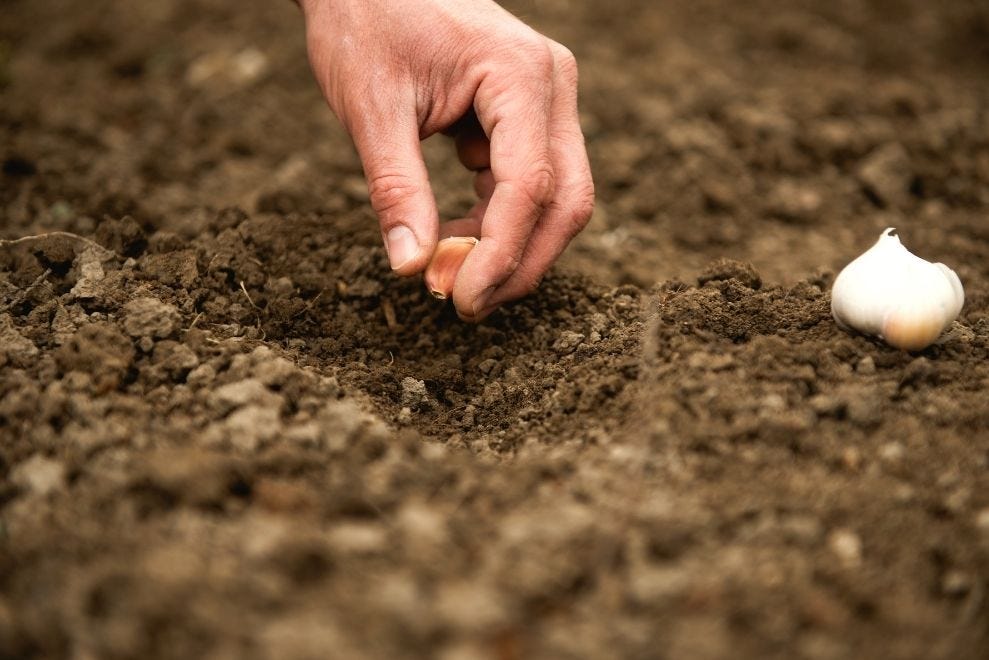
FRUIT
As for flower bulbs and vegetable crops, check fruit in storage. Do this often, the term ‘one bad apple’ is very appropriate!
Prune apples and pear trees to the required shape, removing damaged, diseased or congested stems. Cane fruit such as gooseberries and currants can also be pruned at this time.
Now’s the time to order new ‘bare rooted’ fruit bushes and plant when there is no frost in the ground. Should you be renewing bushes, remember to use a new patch of soil.
For something different, try a larger fruited item like Tayberry Buckingham, a cross between a blackberry and a raspberry.
Ensure early rhubarb by covering a plant with a pot or other container to force tender shoot production.
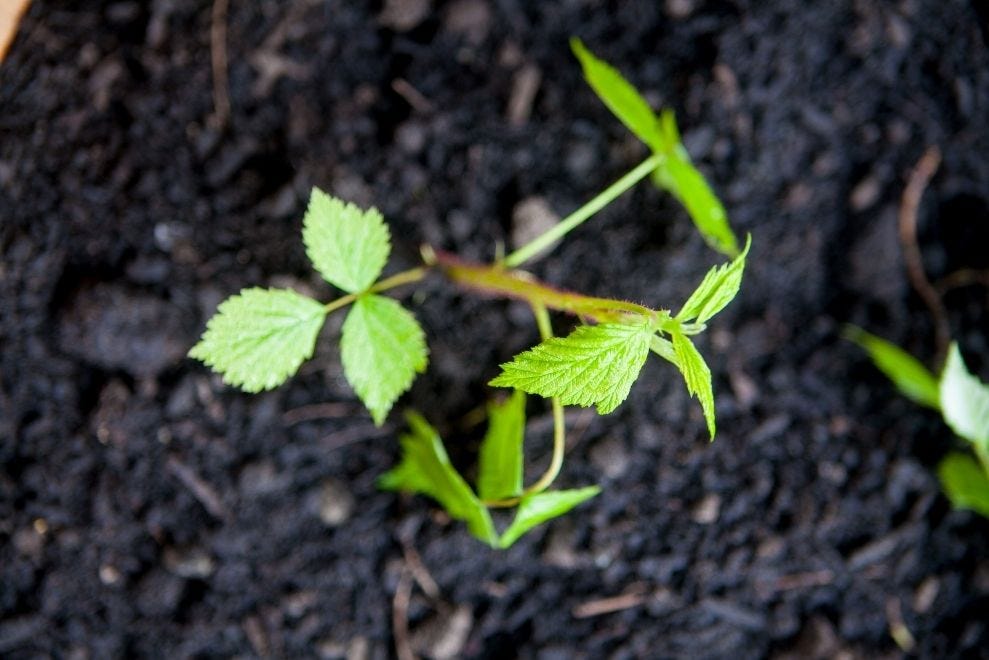
SHRUBS
Pruning is an important task in January when the plants are dormant. It’s the ideal time to tackle overgrown shrubs like honeysuckles, pruning hard to regain control. Climbing roses and rhododendrons may also be tackled at this time.
Plant ‘bare-rooted’ shrubs and roses as long as ground is not frozen. Likewise, it’s a good time to move existing shrubs if they are struggling in their current site.
May shrubs can be propagated at this time by taking hardwood cuttings e.g. forsythia and viburnum
For plants to flower at this time of year try the yellow flowered hamamelis or mahonia and white blooming viburnum. Alternatively the coloured barks of different cornus are attractive at this time
Climbing plants – tie in loose shoots and check main supports – the gales are a’coming!
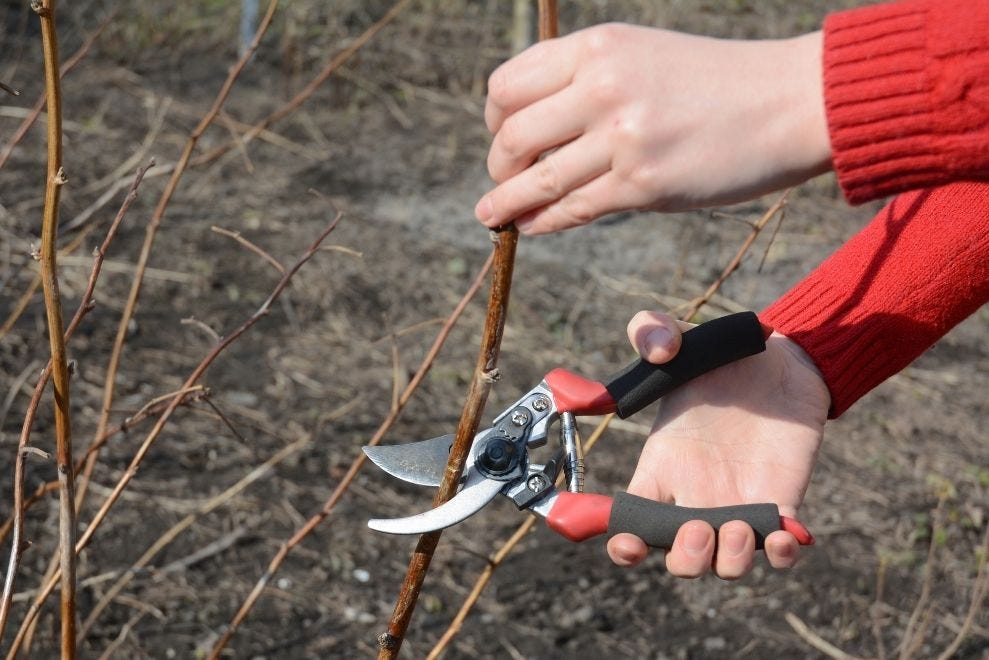
It's an exciting time as we start a new year in the garden - make the most of it and start planning for the year ahead now. We will be back next month with all your February gardening tasks.




